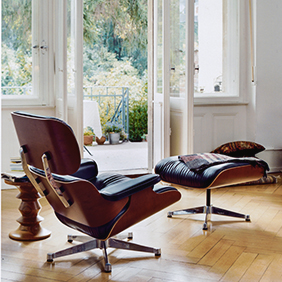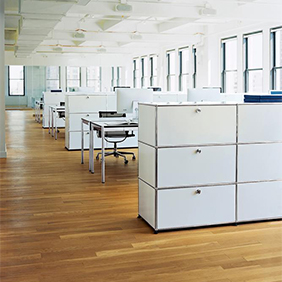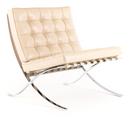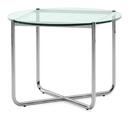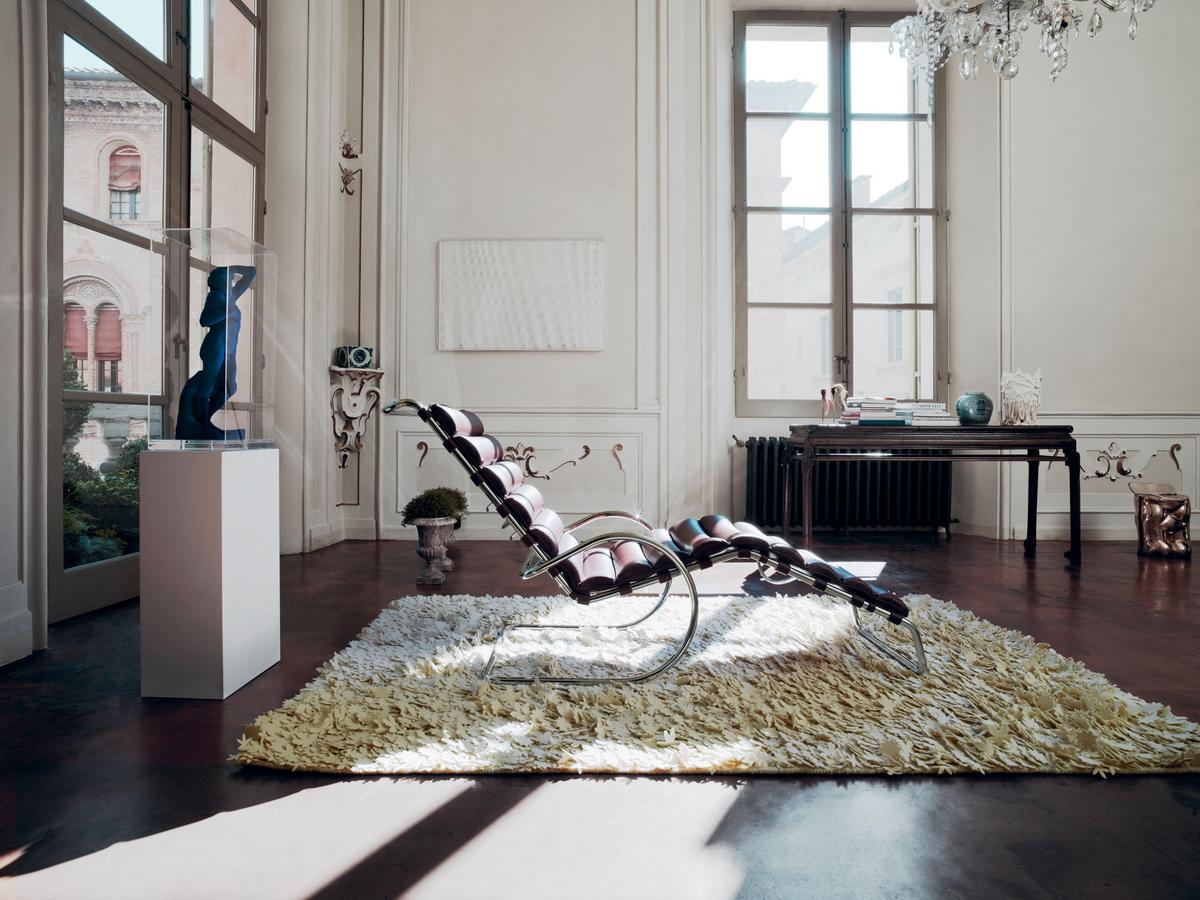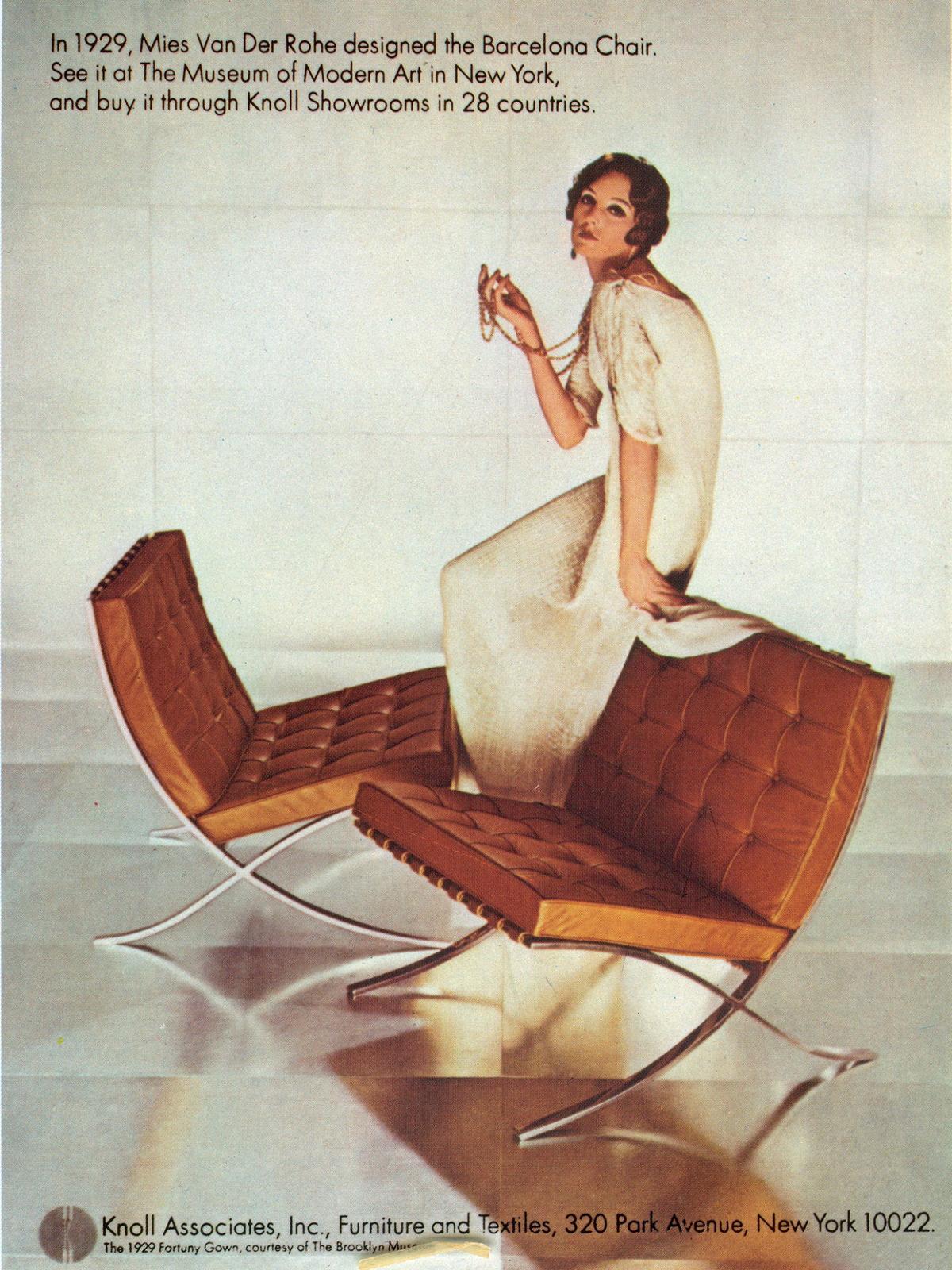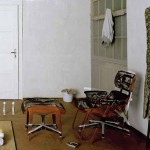#officetour Milestones – The Mannesmann-Haus by Peter Behrens
...20 Material such as the marble used for the vestibule staircase; a marble staircase which, according to Ludwig Mies van der Rohe, had been his contribution to the Mannesmann-Haus21, for lest we forget, not only was Le Corbusier in Behrens' employ in the early years of the 20th century, but also Walter Gropius and Ludwig Mies...


